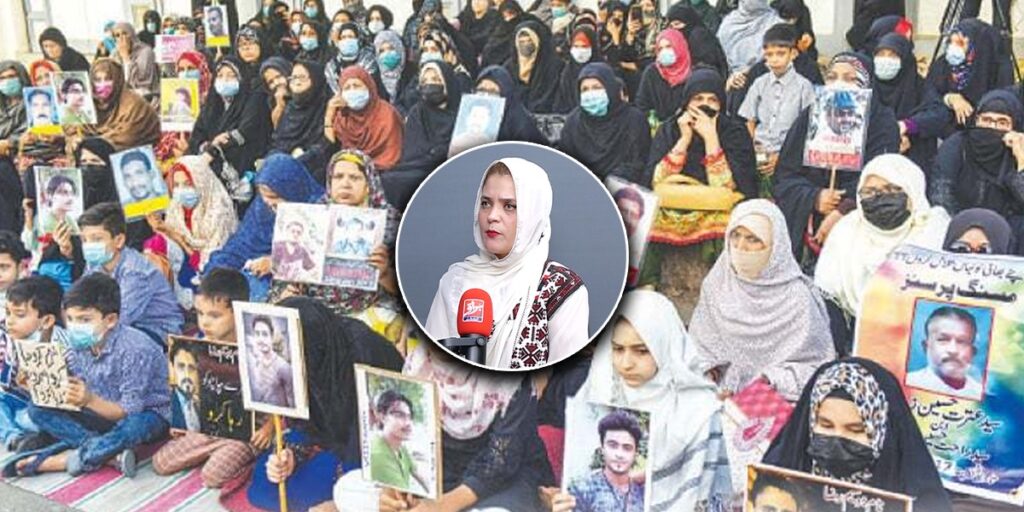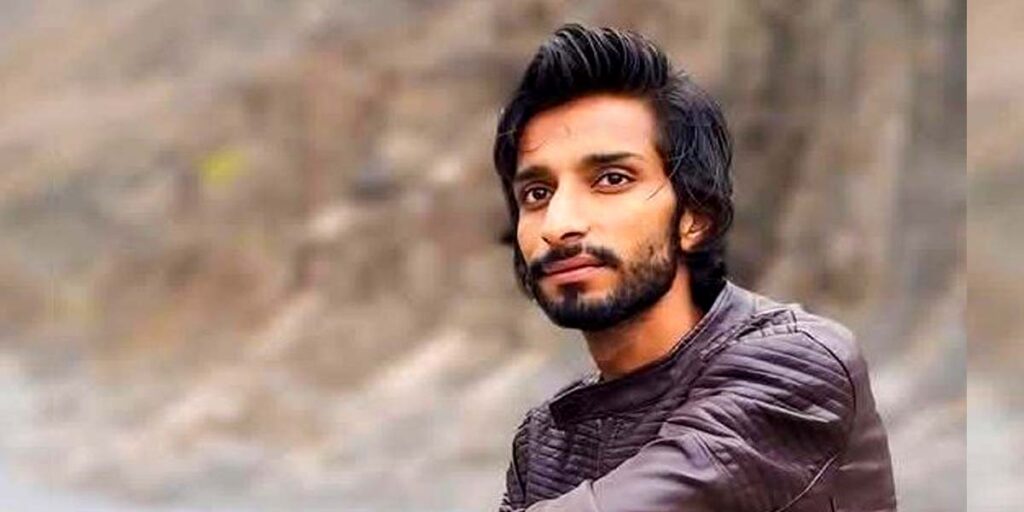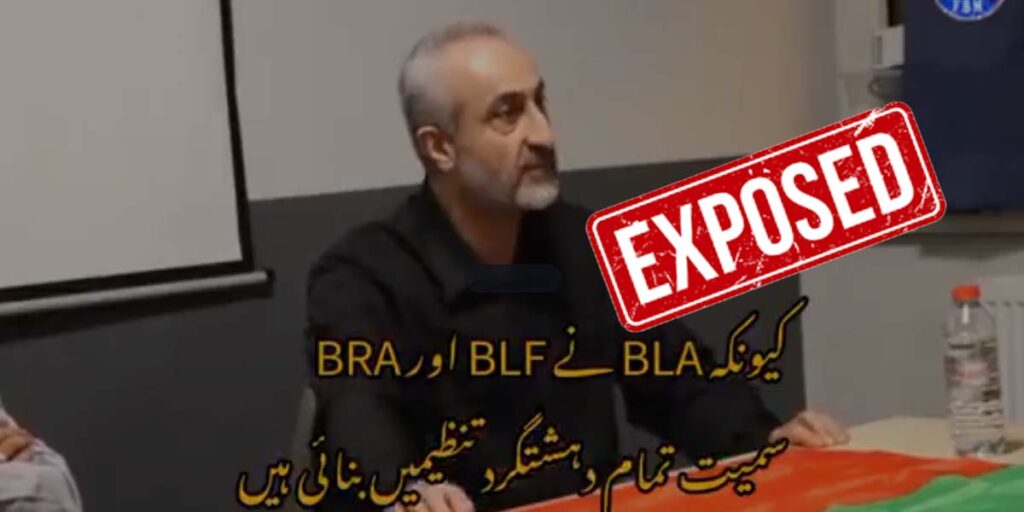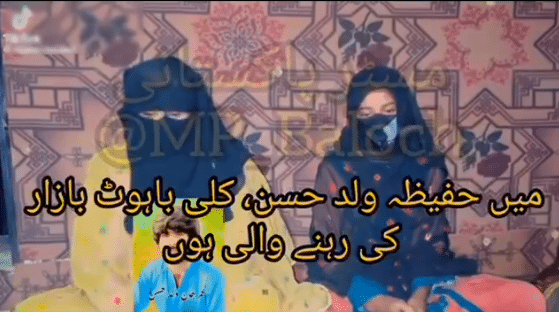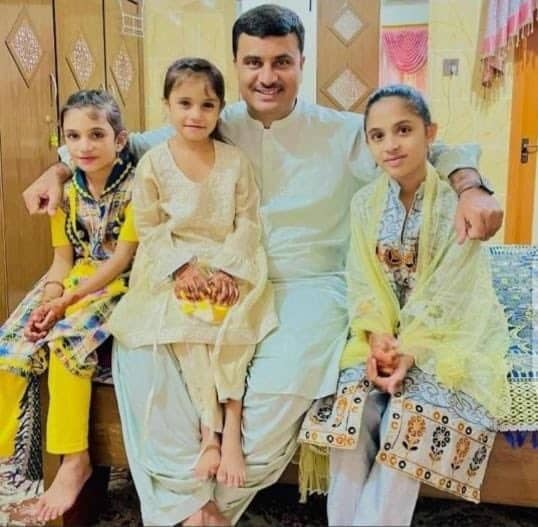By: Tania Bazai
The issue of missing persons in Balochistan is undoubtedly sensitive, but unfortunately, it has been hijacked by opportunists who exploit it for anti-state propaganda. Take, for instance, the case of Dr. Deen Muhammad. For over sixteen years, this name has been echoed in every protest, every so-called rights seminar — yet no solid evidence has ever emerged to prove that the state was behind his disappearance.
People conveniently ignore facts and instead find satisfaction in blaming the state for everything. If someone’s chicken goes missing, they cry “state oppression.” It’s almost become a trend. But let’s rewind to 2008, when an Indian RAW agent was arrested in Iran. He was found with a video in which he clearly mentioned having contact with someone named Deen Muhammad. After due verification and investigation, it became apparent that this individual was indeed the same doctor. His links to separatist groups were exposed — visual evidence and connections with various anti-state actors were identified.
Dr. Deen Muhammad had set up a hospital or medical facility in Turbat. There, he offered free treatment to injured sarmachars — a term used by BLA terrorists. If these people were enemies of the state, why was he helping them? Why didn’t he report their presence to law enforcement? If he truly believed in peace, he should’ve involved the state, not served those working against it. Yet, people still choose to romanticize his story.
Importantly, no judicial or investigative record exists that the state forcibly disappeared him. His associations, however, are not a secret. We’ve seen photographs, we’ve heard confessions — not just from him indirectly, but also from individuals like Rasheed Zehri, who, upon arrest in 2014, admitted having links with him.
And here’s a question no one answers: there are over 40,000 doctors in Balochistan. Why haven’t they disappeared? Why is it always the same handful of individuals with questionable affiliations who vanish and become the face of every protest?
Recently, a seminar in Karachi was organized — supposedly in the name of Baloch missing persons. Ironically, not a single Baloch or Pashtun participated. There were no locals from Balochistan. Instead, the event was filled with Urdu-speaking and Punjabi attendees — the same communities whose ID cards are often the basis for targeted killings in Balochistan. The organizer? A Kathak dancer, Sheema Kermani. She has no roots or connection to the region, yet feels qualified to speak on our issues.
The seminar ended with a dance performance — seriously? Is this how we portray the pain of enforced disappearances? Through artistic expression and symbolic gestures that completely downplay the seriousness of the issue? To me, it looked more like a failed theatre play than a human rights campaign.
Their claim that the police barred people from attending is equally baseless. If that were the case, how did the 20 people in attendance get through? The truth is that their foreign funding has dried up, especially since their leadership landed in jail. They’ve been exposed — there’s no real support left for them. Nobody even visits them in prison. No protests outside the courts, no petitions, nothing. People have moved on.
The youth of Balochistan no longer want separatism. They want jobs, education, and economic opportunity. They’re beginning to realize how they’ve been used — and they’re saying “enough.”
When international organizations don’t even bother to condemn the arrest of so-called Baloch leaders anymore, it’s because they too, have seen through the agenda. These movements aren’t about human rights — they’re about personal agendas, foreign funding, and anti-state activism masked as civil resistance.
Human rights, if genuine, apply to everyone. But these activists remain silent when innocent Punjabis or Urdu-speakers are killed in Balochistan. Why? Because their narrative is selective, and their outrage is strategic.
Also Read: Exposed after 16 years: Dr. Deen Muhammad hiding in terrorist camps, not missing
The bottom line is: this movement, and the propaganda around enforced disappearances, has lost credibility. Their leaders are behind bars, their funding has dried up, their events are hollow, and their audience is gone.
They’ve been exposed.

